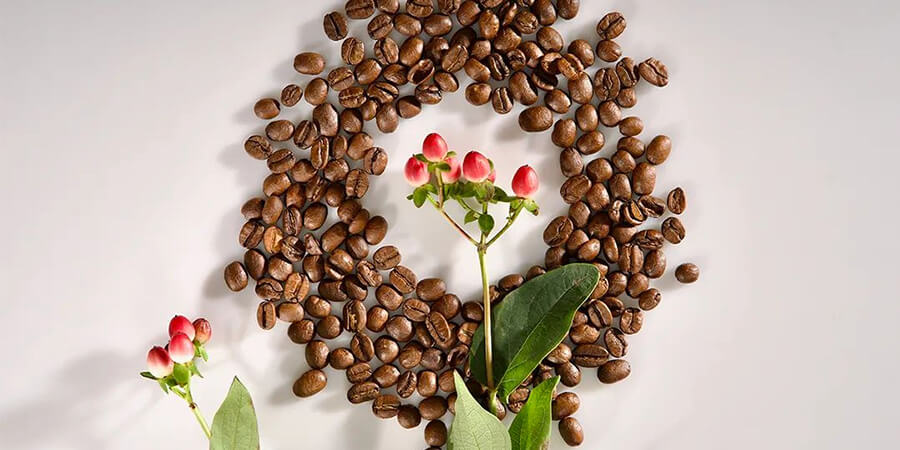How to Choose the Right Coffee Capsule Material? A Complete Guide for Coffee Brands
In the booming coffee capsule market, selecting the right material is crucial—not just for product performance, but also for sustainability,
cost efficiency, and brand positioning. Whether you're a coffee brand, a private-label manufacturer, or an equipment supplier, understanding
the pros and cons of different capsule materials will help you make the best decision.
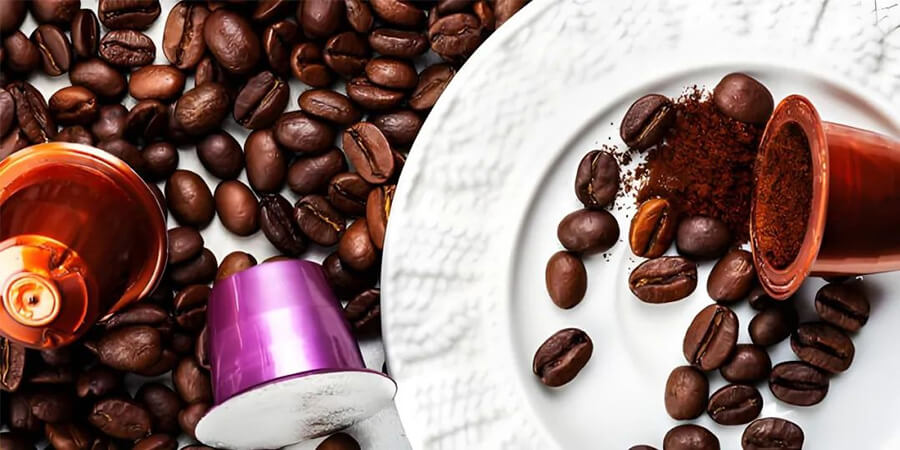
This guide covers:
✅ Key coffee capsule materials compared
✅ Factors to consider (cost, sustainability, compatibility)
✅ How your filling & sealing machine affects material choice
✅ Future trends in capsule packaging
1. Coffee Capsule Materials: Pros & Cons
① Aluminum Capsules (Industry Standard)
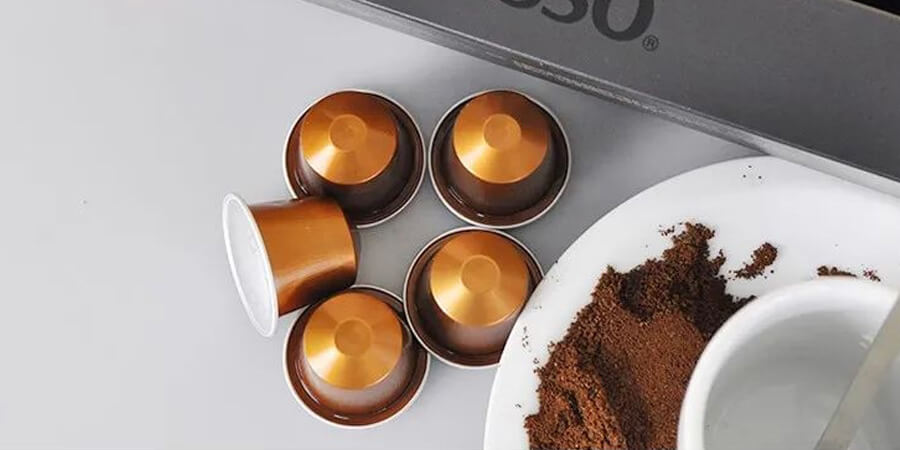
✔ Advantages:
• Best oxygen & moisture barrier – Extends shelf life up to 24 months
• Pressure resistance – Withstands 19Bar espresso extraction without deformation
• Recyclable – Aluminum can be infinitely recycled (EU recycling rate: ~75%)
✘ Disadvantages:
• Higher cost – Raw material + production expenses are 2-3x plastic
• Recycling challenges – Requires separate collection systems (not all regions support)
Best for: Premium brands, Nespresso-compatible capsules
② Plastic Capsules (PP/PE/PET)
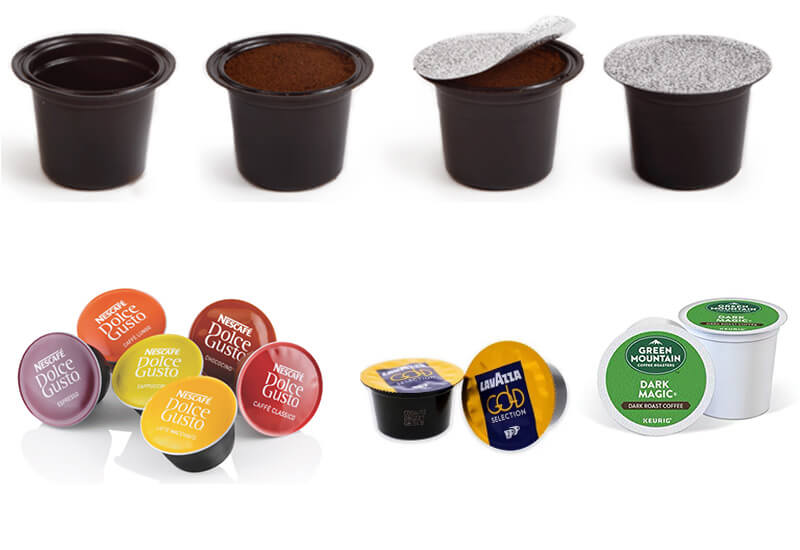
✔ Advantages:
• Lowest production cost – Ideal for high-volume manufacturers
• Lightweight – Reduces shipping costs
• Flexible shapes – Allows unique capsule designs
✘ Disadvantages:
• Permeability issues – Shorter shelf life (6-12 months)
• Environmental concerns – Most end up in landfills (unless using rPET/recycled plastic)
• Best for: Budget-friendly capsules, emerging markets
③ Biodegradable & Compostable Materials (PLA, PHA, Paper-based)
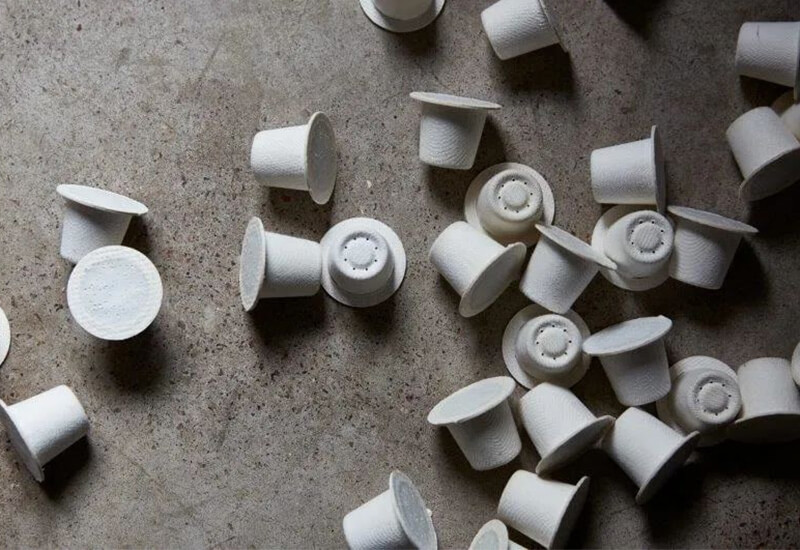
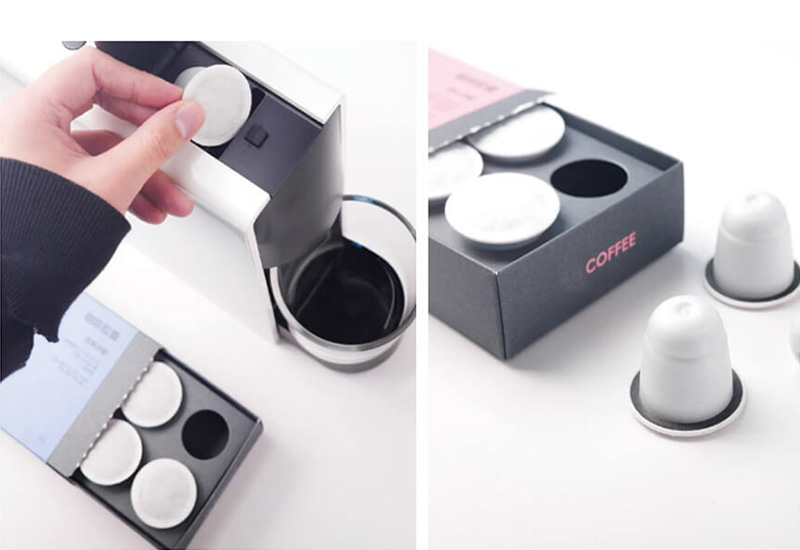
✔ Advantages:
• Eco-friendly appeal – Certified compostable (e.g., TÜV OK Compost)
• Brand differentiation – Appeals to sustainability-focused consumers
• Regulation-ready – Bans on single-use plastics (EU SUP Directive) favor these materials
✘ Disadvantages:
• Higher cost – PLA capsules cost ~30% more than plastic
• Limited barrier properties – May require additional nitrogen flushing
• Best for: Organic/specialty coffee brands, markets with strict plastic bans
2.Key Factors in Choosing Coffee Capsule Material
|
Factor
|
Aluminum
|
Plastic
|
Biodegradable
|
|
Cost per capsule
|
$0.70-$1.20
|
$$0.35-$0.60
|
$$0.35-$0.50
|
|
Shelf life
|
24+ months
|
6-12 months
|
9-18 months
|
|
Recyclability
|
High
|
Low (unless rPET)
|
Industrial composting
|
|
Machine compatibility
|
Nespresso/Dolce Gusto
|
Universal
|
Needs testing
|
3.How Your Capsule Filling & Sealing Machine Affects Material Choice
Not all machines work with all materials. Key questions to ask:
• Heat sealing? (PLA requires precise temperature control)
• Can it handle multi-layer laminates? (For biodegradable barriers)
• Is there nitrogen flushing? (Essential for oxygen-sensitive materials)
Our machine’s advantages:
✔Multi-material compatibility – Switch between aluminum, plastic, and PLA in minutes
✔Active oxygen barrier – Extends freshness even for compostable capsules
✔Precision dosing – ±0.1g accuracy for consistent fill weight
4. Future Trends: What’s Next for Coffee Capsules?
• Hybrid materials – Aluminum + compostable layers (e.g., Nespresso’s "Reviving Origins" line)
• Smart capsules – QR codes for traceability, NFC-enabled brewing
• Regulation shifts – More countries may ban non-recyclable capsules
Which Material Should You Choose?
• For premium brands & long shelf life → Aluminum
• For cost efficiency & high volume → Plastic (preferably rPET)
• For sustainability & compliance → Compostable (PLA/PHA)
Need help testing materials on your filling machine?
Contact us for a free compatibility check!
